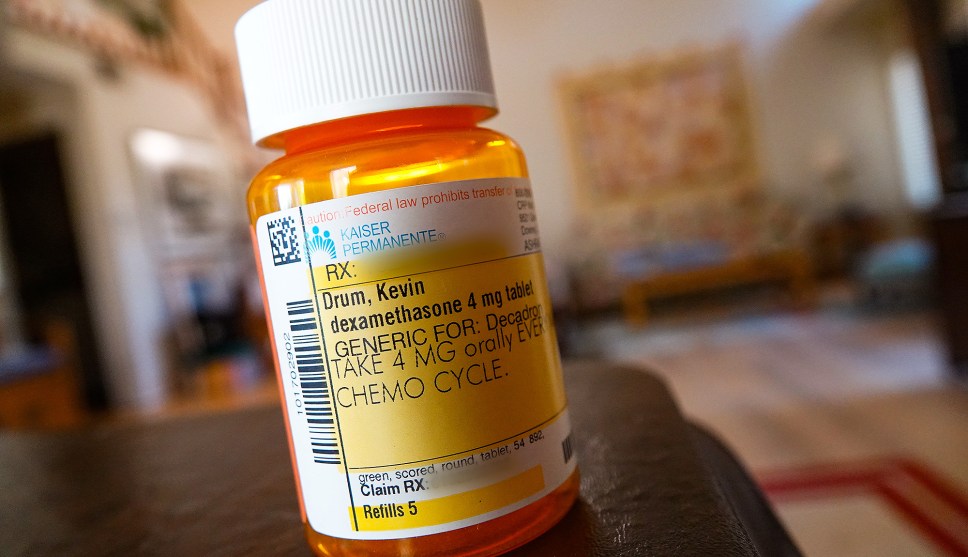
The Evil Dex.Kevin Drum
Hell, all they had to do was ask me:
Scientists at the University of Oxford said on Tuesday that they have identified what they called the first drug proven to reduce coronavirus-related deaths, after a 6,000-patient trial of the drug in Britain showed that a low-cost steroid could reduce deaths significantly for hospitalized patients. The steroid, dexamethasone, reduced deaths by a third in patients receiving ventilation, and by a fifth in patients receiving only oxygen treatment, the scientists said. They found no benefit from the drug in patients who did not need respiratory support.
The Evil Dex! The four-dollar pill that does everything! But this is only fair. My immunocompromised status makes me more likely to be hospitalized from COVID-19, but my long-time status as a dex user will help me survive. Funny how that works.
In related news, my doctor has approved a reduction in my dex intake to 2 mg. This is such a tiny dose it’s surprising my body will even know it’s there. Then again, my body has gotten increasingly sensitive to it over the years, so maybe all I need to do is wave a pill in front of my nose and that would be enough. Future M-protein tests will tell us whether 2 mg works.
UPDATE: Since I spend a lot of time griping about the side effects of dex, I should mention that they only appear after several weeks on the stuff. My guess is that patients with COVID-19 who are given dex for a week or two won’t suffer much in the way of side effects at all.
UPDATE 2: Via Twitter, Craig Kaplan writes: “Important to be very clear about Dex use as something that can only treat haywire immune response to coronavirus infection but likely would increase chance of infection if taken early. Timing will be everything and only should be given later in disease course to mitigate.”
In other words, don’t even think about taking dex if you aren’t in the hospital, hoping that it might protect you from COVID-19. It won’t, and it might even make things worse. It only works among hospitalized patients who are on oxygen treatment.















